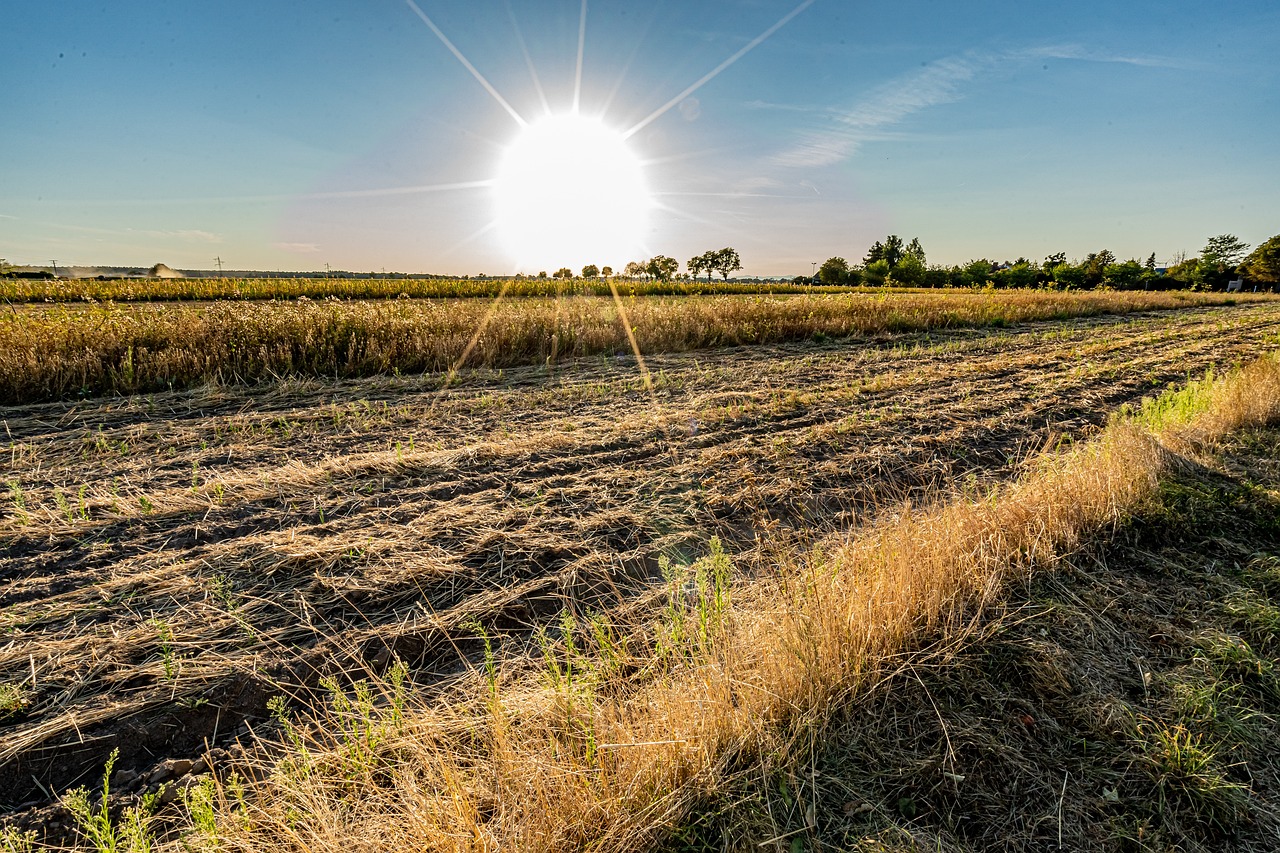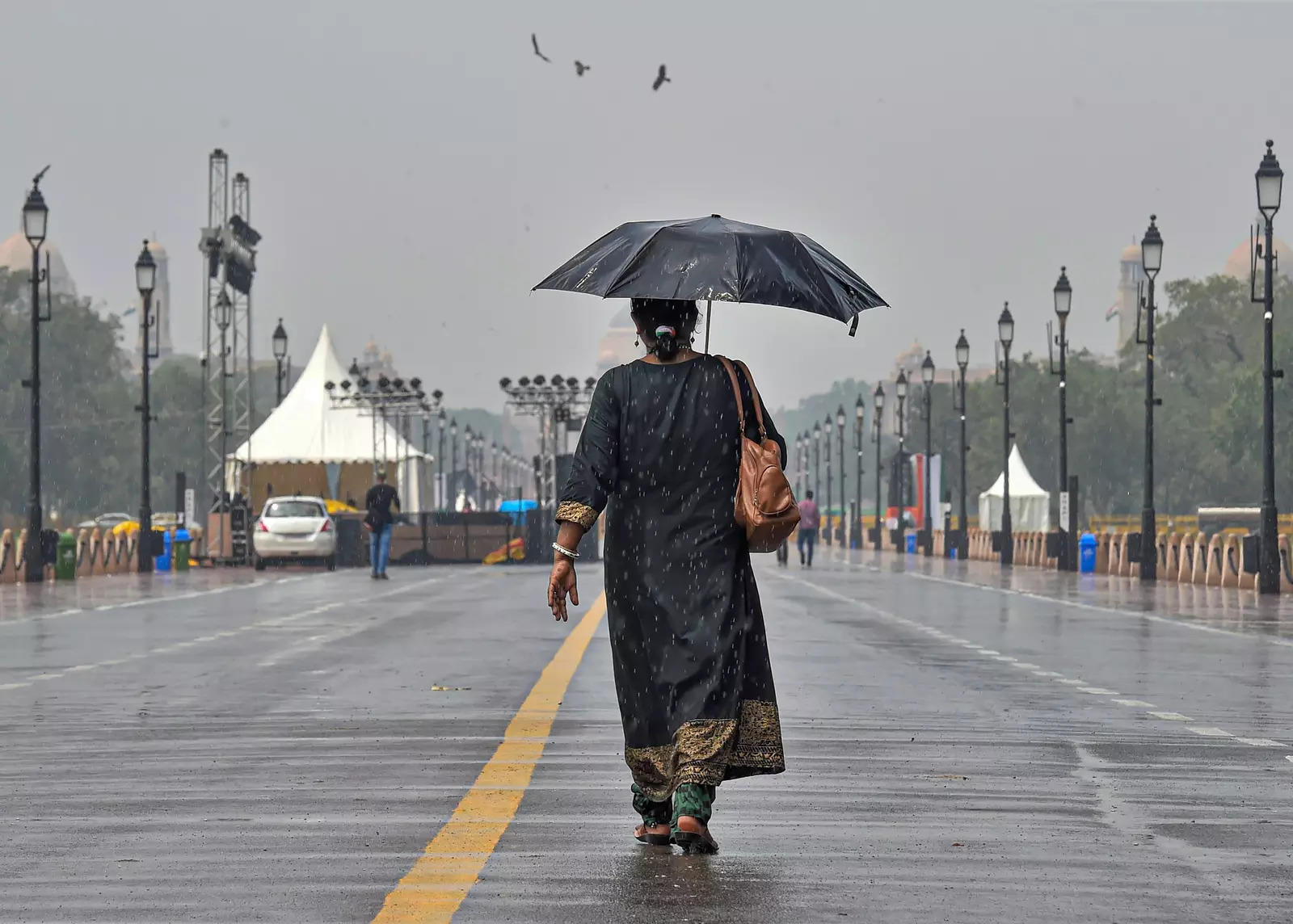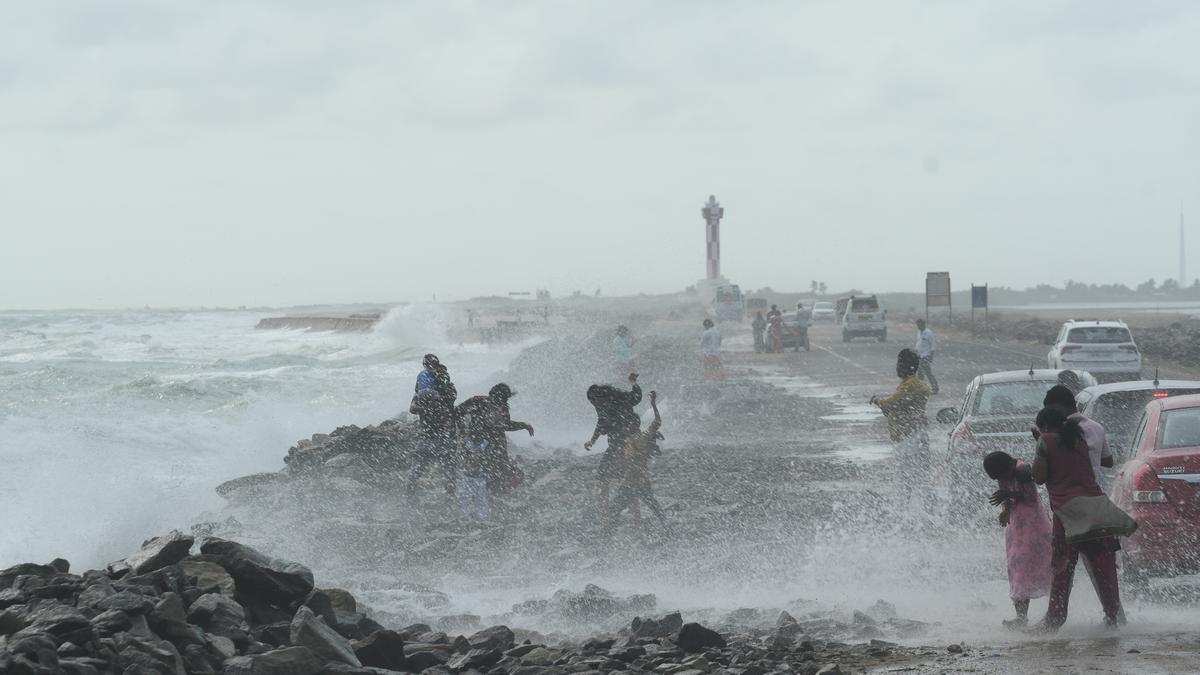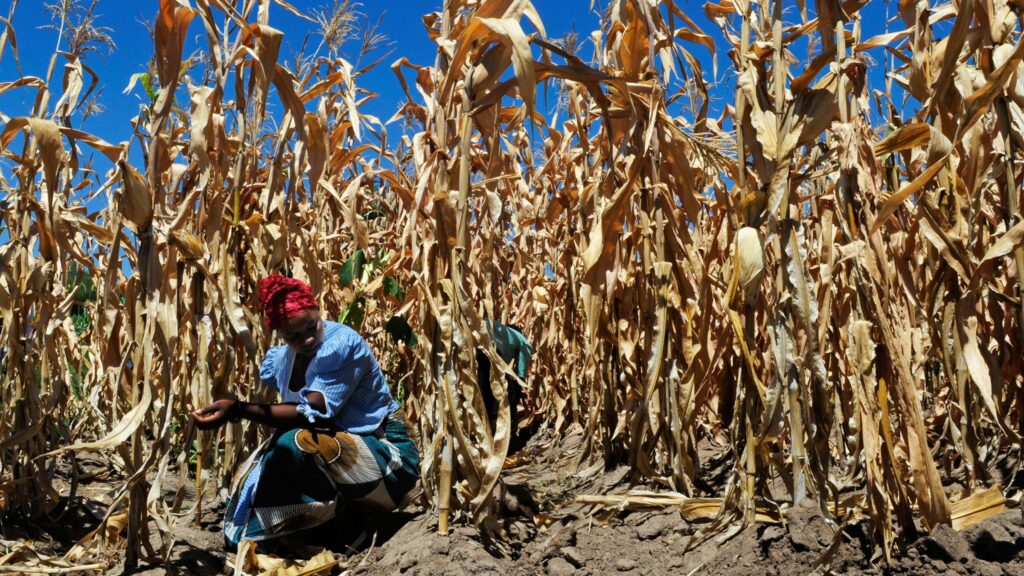How To Better Adapt To Heatwaves In This Warming World
A recent study highlighted the impact of heatwaves on public health, agriculture, and other socio-economic and cultural systems that can hinder or reverse the country’s progress in fulfilling sustainable development goals (SDGs)
By Editorial Team / May 3, 2024

A recent study highlighted the impact of heatwaves on public health, agriculture, and other socio-economic and cultural systems that can hinder or reverse the country’s progress in fulfilling sustainable development goals (SDGs).
Developing early warning systems and their dissemination: Early warning systems can be the most effective measure to adapt against heat waves. Timely dissemination of heatwave warnings through various mediums like television, radio, and social media can improve preparedness. This will help people take the necessary precautions to protect themselves from the heat. It is important to note that these measures must be implemented on a large scale to make a significant impact and reduce the impact of heat waves in India.
Increasing public awareness: Increasing public awareness is one of the key ways to adapt to heatwaves. People must be aware of the symptoms of heat stroke and how to protect themselves. Awareness campaigns would educate people on the dangers of heat waves and the precautions to take during these times.
Changing work schedules: Local authorities must implement policies to adjust work schedules during the heatwave season. For instance, working hours can be shifted or adjusted during the early morning or late evening when temperatures are cooler. This can help to reduce the risk of heat stroke and other heat-related illnesses in workers and labour.
Improving the built environment: By improving the built environment, we can make our infrastructure more heat-resilient. This can be done by incorporating better insulation and ventilation systems in buildings, planting more trees, and increasing the green cover in cities. Besides, for the people residing in tin sheds or Kachcha houses, paint rooftops white as it reflects light and reduces the impacts of heat. Such measures will help to reduce the urban heat island effect, which is a phenomenon where cities are much hotter than surrounding areas due to rapid urbanization.
Providing cool shelters: Setting up public cooling centers and shelters in public spaces can help people to cool off during extreme heat. This can be especially useful for vulnerable populations such as the elderly, labour, women, the homeless, and those with chronic health conditions.
Heat action plans are still a work in progress
With the probability of heatwaves increasing dramatically in coming years, Heatwave Action Plans (HAP) have become a need of the hour. They are defined as comprehensive extreme heat early warning systems and preparedness plans. These plans can also be considered as the country’s primary policy response to economically damaging and life-threatening heatwaves.
The first Heat Action Plan was launched in 2013 by the Ahmedabad Municipal Corporation, which went on to become a template for not only India but also the world. India’s national government is working with 23 heat wave-prone states and over 130 cities and districts to develop and implement HAPs across the country.
However, according to findings of a recent report on their effectiveness, almost all HAPs are inadequate in identifying and targeting vulnerable groups. HAPS are underfunded, lack transparency, and have a weak legal basis. It also stated that most HAPs are not tailored to the local context and have an oversimplified view of the hazard.
Abhiyant Tiwari, Lead, Climate Resilience, and Heath, NRDC India says, “We notice that there are gaps in financing and institutionalization of the HAPs, but the good part is that those gaps are being identified and being addressed. Also, from the preparedness and response plan, only the country is moving towards the long-term majors.”
Dealing with heatwaves is a different process from managing other disasters like earthquakes and floods. Experts advocate more microlevel planning where concerns for vulnerable communities are addressed adequately. For this, the hotspots for heatwave impact should be identified.
“The HAP has to be very localized and decentralized. If I talk about early warning then you see that the temperature at which the people living in Srinagar are affected is different from the temperature for the people of Chandrapur and Jalgaon. People in Vidarbha in Maharashtra may be comfortable at 40°C, but this won’t be the case in mountainous regions,” Tiwari Told the CarbonCopy.
Mavalankar who spearheaded the first HAP of India in 2013, says without a focussed approach, adequate financing, and public awareness, the action plans will prove to be just paper tigers.
“There is more progress on paper than in reality. This is partly because there is no budget allocated. Half of the action is public awareness and you need massive advertising to make people aware. But have you seen any advertisements about protection from heatwaves? This is because there is no budget for that. Particularly when there is an election process of this scale underway, you need more awareness campaigns so that people know how to protect themselves from heat,” Mavalankar said.
Part of this story was first published in Carbon Copy.


